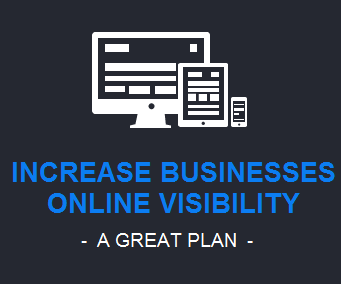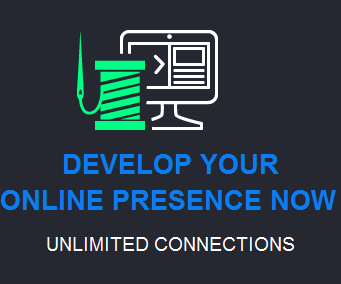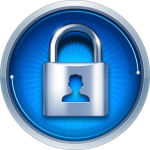Each social networking site is designed differently, but ultimately allows users to create a profile, update their preferences, and share this information with friends and family. Since they are creating this growing network of information, a pattern of tastes and preferences is established – and made publicly available. This profile is the key element of interest to marketers; it’s created with basic registration and in most cases, an e‐mail address and login name allow complete access to the social networking platform. The visitor can begin publishing their activity to share with fellow social networkers, and this creates a network of categories.
2 Main Steps are described as shown.
1. Registration
- Create your profile on your selected social networking site. Upload a photo (if there is) and do not use a fake name.
- Type in as much true information as possible about yourself or your company. It must be relevant to your targeted audience.
- Always include a link to your website and indicate your email address.
- Make your site unique but not over “flashy”.
- Use the correct social networking etiquette as you would want to be genuine and sincere to your readers.
- Emphasize on your USP (Unique Selling Proposition) on what benefits your readers will get, instead on the features .
2. Getting Friends / Followers
- Search for targeted friend profiles and identify the audience who are likely to be interested in what you got to offer.
- Add them as your friends but do not overdo it. The social networking site will see you as a spammer if you add too many friends at a time.
- Send them an introductory and conversational message. Address them by their name as it would be more real and they will not see it as an automated message.
You should NEVER:
- Do not create a “product” profile, unless you own a world famous brand or product. People who you will be friending and interacting with will have “who the heck is this?” reaction. You will be most probably be ignored or reported as spam in the worst case scenario.
- Do not use tracing cookies or software to track, interfere and gather data on the user’s computer. This is definitely unethical.
- Do not infringed other peoples’ copyrights by using their photos or contents without their permission. If you really need to use their photos or contents, send them an email to request and suggest linking back to their site. In most cases, they will allow you to use it.
- Do not use too “flashy” graphical effects or text. This will make your site hard to read for the readers. You want your readers to understand the message that you want to bring across, not asking them to figure out what your site is all about.










 Developing the product’s brand is perhaps the most challenging for business owners. The competition is always working toward the same goal: create a necessity product that is unique from others. Consumers often search for the cheapest, most effective or most popular product. So if you do not fall into any of these three categories, you […]
Developing the product’s brand is perhaps the most challenging for business owners. The competition is always working toward the same goal: create a necessity product that is unique from others. Consumers often search for the cheapest, most effective or most popular product. So if you do not fall into any of these three categories, you […] In this fast paced modern world, everybody is in search of those advertising channels which can provide fastest outcomes within short interval of time. This is the reason, why people are moving towards social networking on internet which is considered to be one of the most effectual ideas till now. Basically, social networking is meant […]
In this fast paced modern world, everybody is in search of those advertising channels which can provide fastest outcomes within short interval of time. This is the reason, why people are moving towards social networking on internet which is considered to be one of the most effectual ideas till now. Basically, social networking is meant […] The mobile phone is most important whenever an emergency arises and anyone can contact and reach to you. One of the other features is messaging that is you can text your friends and at a time talks to several people. It also helps to give any important message if a person is not available on […]
The mobile phone is most important whenever an emergency arises and anyone can contact and reach to you. One of the other features is messaging that is you can text your friends and at a time talks to several people. It also helps to give any important message if a person is not available on […] 2009 had become an era where traditional marketing strategies had almost become absolute. Companies and consumers had stated using social networking as it allows users to reach anyone anytime with a specific and personalized message. From a marketer’s perspective, this is definitely more valuable than one strategy which constraints you by only sending a single […]
2009 had become an era where traditional marketing strategies had almost become absolute. Companies and consumers had stated using social networking as it allows users to reach anyone anytime with a specific and personalized message. From a marketer’s perspective, this is definitely more valuable than one strategy which constraints you by only sending a single […]